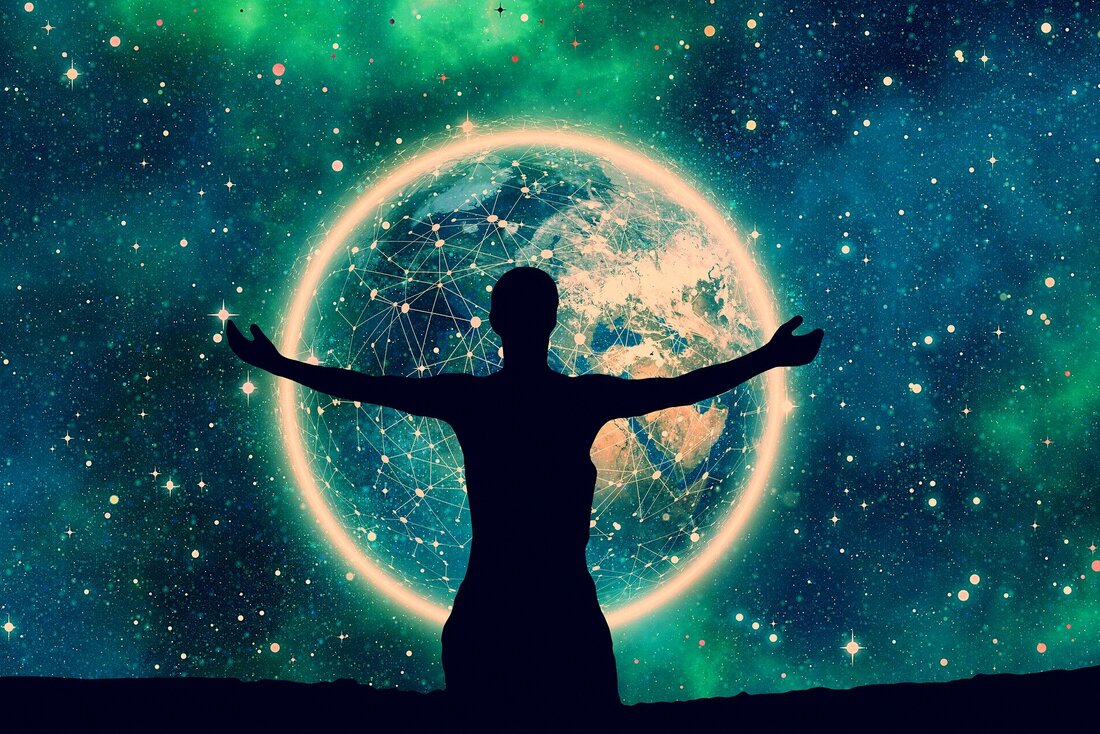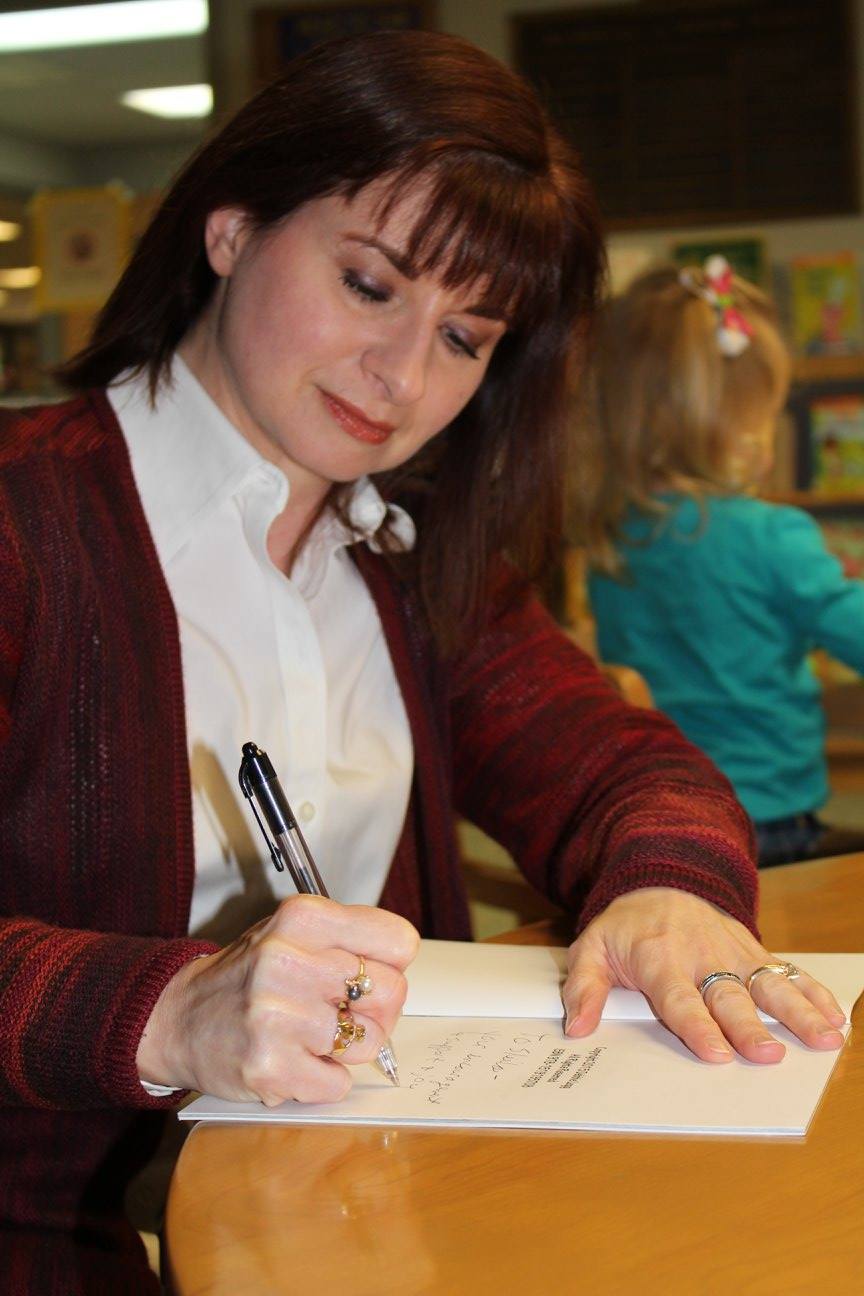 Image by Gerd Altmann from Pixabay I was on my way to a wedding when I first pressed Play on my new Audible book. By the time I got to the venue an hour and a half later my mind was exploding. I vividly recall sliding into the pew next to my friend and saying, “If everyone would read this book and actually do what it said, it would change the world.”
That book was Brene Brown’s Braving the Wilderness. Audible had been featuring it in my recommended list for weeks and I finally was able to dig in. Brene’s wisdom and how to’s on building trust, belonging, and connection are more than sorely needed in this season. I’m clearly not the only one who thinks so as it’s a New York Times Bestseller. As soon as I finished it, I wanted to dive back in. I also knew I needed some time to process and let my little gray cells connect all the dots. I was out of Audible credits so I pulled up a book I’d already read, Greg McKeown’s Essentialism, another NYT Bestseller. I love listening to his wonderful British accent, but I especially love his message: How to find your Point of Highest Contribution and structure your life to do it and nothing else. I learn something new each time I dig in. I was about two-thirds of the way through when lightning struck the cranium, dots began to connect, and a rabbit hole emerged. What if we took Brene Brown’s message and married it to Greg McKeown’s methodology? What if we made belonging and connection our relational points of highest contribution, and structured our lives to make them all but automatic? That would change the world. I didn’t just follow the rabbit down this hole, I dove, and the world I discovered is far more amazing than Alice’s Wonderland could ever dream of being. One of my discoveries is that the reason Braving the Wilderness and Essentialism are best sellers is because belonging, connection, and contribution are deep human needs. And the reason these needs resonate so deeply in us is because they are echoes of the fundamental principles, the essential truths, of way things work in Nature. You see, everything in Nature belongs. There is nothing extra, no holes, no waste. Everything has a purpose and a place. Everything in Nature is connected. From the smallest, simplest of systems to large and complex ecosystems to the whole of life on earth, every part influences some other part. It all works together. Everything in Nature has a contribution to make. Every part receives from the system and contributes back to it, each in its own unique way. If you’ve ever seen Disney’s The Lion King (either the original 1994 animated version or the 2019 live action) you’ve seen the scene where King Mufasa is showing his son, Simba, the kingdom that will one day be his. He gives this guidance: Mufasa: Everything you see exists together in a delicate balance. As king, you need to understand that balance and respect the creatures, from the crawling ant, to the leaping antelope. Simba: But Dad, don’t we eat the antelope? Mufasa: Yes, Simba, but let me explain. When we die, our bodies become the grass, and the antelope eat the grass, and so we are all connected in the great circle of life. “All connected in the great circle of life.” Let’s ponder that a moment. Human beings are part of the circle of life, although we focus more on being the top of the food chain than part of the circle. Both aspects are true, but our emphasis on one over the other has skewed our sense of self-importance. If we would stop looking from above it all to within it all, from focusing on our narrow pedestal to paying attention to the whole system, we would be able to see the fundamental truths of ourselves in relation to all of Nature, and we would rediscover some amazing things we’ve forgotten. We belong. We are connected. We have unique contributions to make. It doesn’t matter if we feel like we do or not, if we see it or not. The fact is we do, we are, and we do, because that’s the way things work on planet Earth. Belonging, connection, and contribution are the default. Any other option is impossible. That’s the Truth. But wait, there’s more. Human beings have something no other part of Nature has: the ability to choose. No other life form has that dignity, or responsibility. The way it looks to me, humans have been choosing our own nature versus all of nature for a long time. Embrace these truths. Pursue belonging, connection, and contribution, not only with your fellow humans, but in the context of all of Nature, all of Life. Then find out where, how, and when. Where are all the places I belong? How can I best be connected? What is my unique contribution, or contributions? Perhaps most importantly, when can I get started finding out? It can be right now. It can be a year from now. It can be never. It’s your choice. Pursuing these truths of Nature will challenge and grow you in more ways than you can know right now. It’s a journey. Simple, but not easy. Process, not quick fix. Why not start now? Pay attention. Ponder. Pursue. Then let me know how it’s going and how I can help. It’s not only Brene Brown and Greg McKeown who can make unique contributions that are changing the world. You can, too.
1 Comment
Paul passed away. I didn’t go to his funeral.
It would have been awkward. You see, I never met Paul, never spoke to him. I only know him because he was a dear friend of my friend, Lisa. We had been praying for his healing for months. He had been doing well, and we didn’t see this coming. We were both devastated. After he died, she told me, “We were part of this. This is what God let us see. We were witnesses.” Witnesses. That word resonated with me. To witness is to look upon, look into. It’s active, not passive, not a glance or a gaze, but really seeing. It’s focusing, paying attention. A witness has a level of intimacy that a bystander or observer do not. A witness is an insider, privy to births and deaths, birthdays and anniversaries, to milestones great and small, public and private, mundane and quiet. A witness in a trial testifies, under oath, that their part of the larger story is the truth as best they know it, as honestly as they can tell it. They express what they experienced--what they saw, what they heard. Nothing more. Nothing less. They don’t guess at anyone else’s part. If they do, it’s considered conjecture and dismissed. They can only relate the parts of the story they know to be true. It takes courage to bear witness, to expose part of yourself to people who may not believe you belong in the story, or who wish you didn’t. They may not believe your part of the story. They may reject it, and possibly you. But no one can take away what you see, hear, or feel. They can’t tell you what you experienced. Your witness is your own, TO own. Right here, right now, you are reading my words, and are therefore privy to my thoughts, beliefs, and life. We are connected. You can choose to be a bystander in my story, an observer, or you can choose to bear witness. You can express what you experience, what you see and hear, in this small connection point in both of our lives. Let’s not wait until a funeral to embrace it. My family moved from Chicago to Washington DC when I was fifteen.
At the time I mostly mourned the loss of friendships. I missed my grandparents and extended family as well, but the friendships were more immediate. We made annual trips back but, of course, it wasn’t the same. Eight years later my grandfather died. At his funeral I realized how much closer my cousins, who had always lived nearby, still were to Nana and Pa. I was suddenly acutely aware of the loss the physical distance had created. Even if we moved back I couldn’t make up those years. I felt a double loss, both the past and future ripped away from me. It used to be that families stayed with the farm, in the town, at least close proximity. Kids grew up with cousins, grandparents, aunts and uncles, neighborhood friends and families. Lifelong connections were the norm. In our mobile society, though, we are missing those. To fill that void we’ve come to rely more and more on peer friendships for those close, core connections. The problem is that those connections are horizontal. Our friends tend to be mostly people in our own age group or life stage (career, young kids, retired), or who share our personal beliefs in areas such as religion and politics. We need to be sure we have both horizontal and vertical connections. A vertical connection would be anyone who is younger or older, in a different life stage, different religious/political/socioeconomic status, significantly different from you in some way. There are three types of core connections you need—people behind you, beside you, and before you. 1. Peers and those with similar ideologies would be people beside you. 2. People behind you include children, mentees, students, anyone you have more experience than or can help. 3. People before you would be parents and grandparents, mentors, coaches, bosses, people with age and experience (they do tend to go together). They can be people who are where we want to be five or ten years from now in wisdom, career, relationship, etc. They can be people of differing religious, political, socioeconomic backgrounds. Here’s a hint: the more uncomfortable the thought of a conversation with them makes you feel, the better a connection they can be. So schedule a time and get together. Buy them coffee or lunch. Plan an activity. Do it face to face if you can at all, and ear to ear if you have to. If you’re not sure where to find those people, keep your eyes, ears, and heart open. Pay attention. Here are a few out of the box ideas to get you thinking not only of who to connect with, but some of the benefits: Millennials in a Retirement Home Preschool in a Nursing Home Brothers and Sisters of the Big Variety All it takes is some effort to stay connected. In this day and age, even a cross-country move doesn’t have to feel like it. Did your text message test your patience? Ever need to save face on Facebook? Twitter have you all atwitter?
Messaging is both a blessing and a curse. Personally, I love it. It’s lower pressure than talking. I can respond in my own time. I can craft the message my way, which includes proper grammar, spelling, and punctuation. And most importantly, I can go back and read it when I can’t remember what was actually said. It turns out that I’m not alone. According to statistics: 1) Texting is most used data system in world 2) Texting is the most used form of communication for American adults under 50 3) 33% Americans prefer text to call 4) Here’s one that really got me: The average American spends 23 hours PER WEEK texting So, it’s not just me. The great news is that we are more connected than at any other time in history. Oddly enough though, we feel more disconnected, dissatisfied, and isolated. Is messaging to blame? Not entirely. It’s a far more complicated issue. But relying on messaging as a primary form of communication does contribute to the problem because messages are written. We rely solely on our words to relay our messages. As great as GIFs and emojis are, they don’t make up for important cues like facial expression, body language, and various qualities of voice like tone, volume, and inflection. Missed cues lead to miscommunication. We’ve all had that happen. You send a message and the reply you receive doesn’t fit what you thought you said, especially if it was in jest. If it’s not recognized and fixed it will lead to drama, stress, and potentially eating gallons of ice cream. Messaging is good for information, but if you want connection, you’ve got to talk, either by phone or in person. Arrange the conversation device to device, but have the conversation ear to ear, or face to face. I like to think of the progression alphabetically: D-E-F, Device--Ear--Face. Yes, messaging can be quicker and possibly more comfortable. Phone calls and talking in person can feel like more time and effort. Fortunately, it will be worth the trouble because you’ll have less drama, less time spent trying to fix the problems miscommunication causes, and less need to buy new clothes. Here’s what to do: take a few of those 23 hours per week we spend messaging, and call or meet up. This is especially valuable for our core connections, the people who are closest and most important to us like family, friends, mentors, etc. Try it for a week, then come back and tell us how much less time you spent muttering under your breath and how much less money you spent in the frozen food aisle. |
Applying nature's principles and systems to personal and cultural development.About CommentsI love to read comments and know how my work is helping you. Please respond with your first AND last names. Anonymous comments will not be read and may be deleted.
Archives
July 2022
Categories
All
|




 RSS Feed
RSS Feed